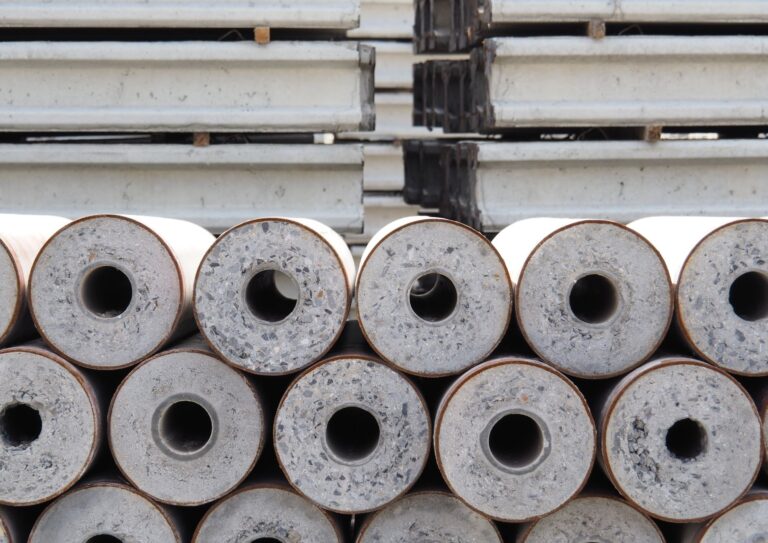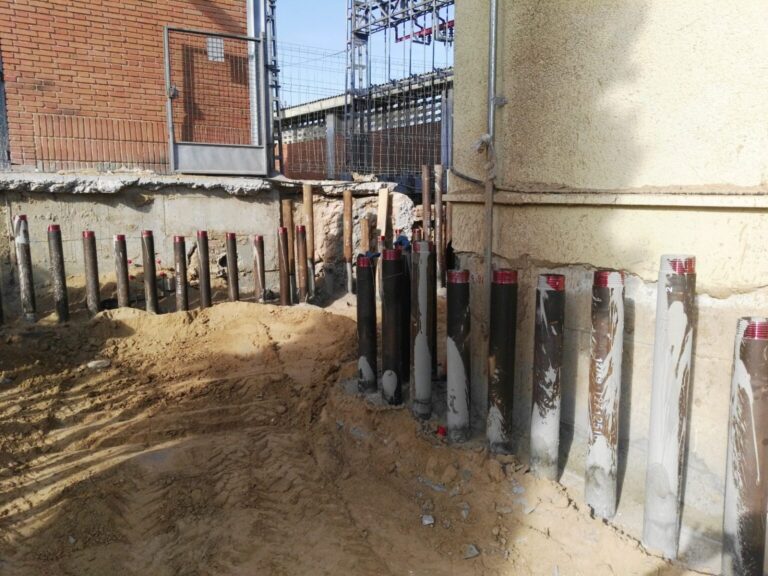How micropiles contribute to the revitalization of urban structures and spaces
The rehabilitation of buildings and structures is an increasingly common need in urban environments, especially in historic cities such as Barcelona. As time passes, old buildings face challenges such as settlement, instability and the need for modernization. In this context, the micropiles in Barcelona have emerged as an effective solution to address these problems, becoming key allies in ensuring the stability and safety of the structures that need to be restored.
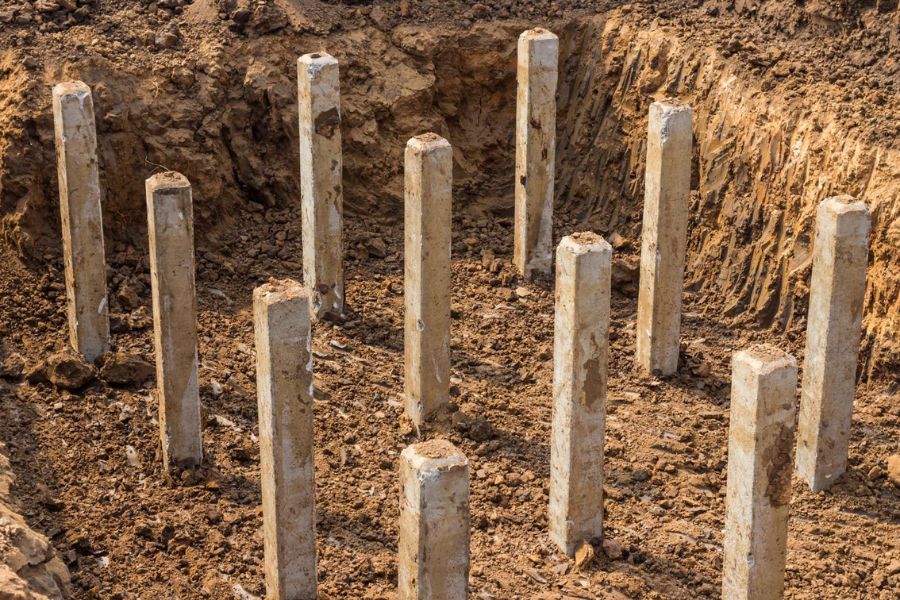
What are micropiles?
Micropiles are foundation elements consisting of steel or concrete cylinders, introduced into the ground using drilling techniques. Their diameter is generally small, making them ideal for use in small spaces or in situations where traditional foundation methods are not viable. In Barcelona, the use of micropiles is a very important factor in the construction of foundations. micropiles in Barcelona has increased due to its ability to adapt to the specific geological characteristics of the region, as well as the need to protect historic and heritage buildings.
Advantages of using micropiles
- One of the main advantages of micropiles is their ability to transfer loads to deeper soil layers. This is crucial in rehabilitation projects, as many older buildings have settlement problems or structural weakness. By using micropiles in Barcelona, engineers can effectively stabilize the structure without the need to demolish and rebuild.
- The installation of micropiles is another plus point. This method is faster and more efficient, minimising disruptions in densely populated urban areas. In addition, the installation generates less noise and vibrations compared to other foundation methods, which contributes to maintaining the quality of life in the surrounding area. These features are especially valuable in a city like Barcelona, where traffic and social activity are constant.
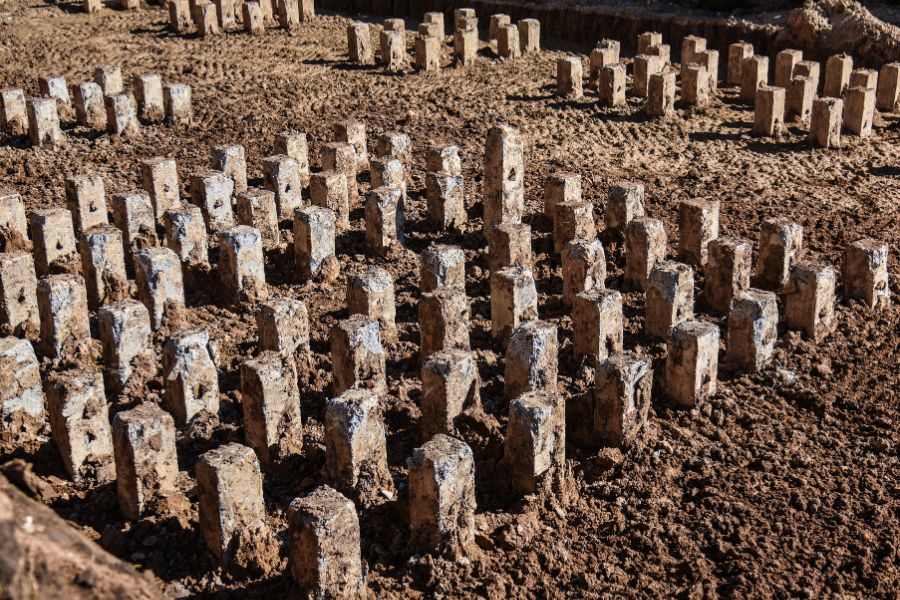
Applications in building rehabilitation
Micropiles have multiple applications in rehabilitation projects. They are particularly useful for reinforcing foundations in buildings that have suffered settlement or are located on unstable soils. They can also be used to stabilize retaining walls, allowing the rehabilitation of spaces that would otherwise be unviable.
In Barcelona, micropiles have been instrumental in the rehabilitation of old residential buildings and commercial premises. For example, in the restoration of historic façades, micropiles provide the necessary support to preserve the integrity of the building while improvements are made to the interior. This not only ensures the safety of the structure, but also maintains the heritage value of the building.
Technical considerations in the use of micropiles
The design and implementation of micropiles in rehabilitation projects requires a thorough technical analysis. It is essential to carry out a prior geotechnical study to assess the characteristics of the soil and its load-bearing capacity. This information allows the calculation of the appropriate size and depth of the micropiles, ensuring that they meet the structural demands of the building. In addition, the choice of material, whether steel or concrete, must consider factors such as corrosion and durability. Addressing these aspects ensures that micropiles not only offer immediate support, but are also a sustainable and efficient solution for the rehabilitation of structures in Barcelona.
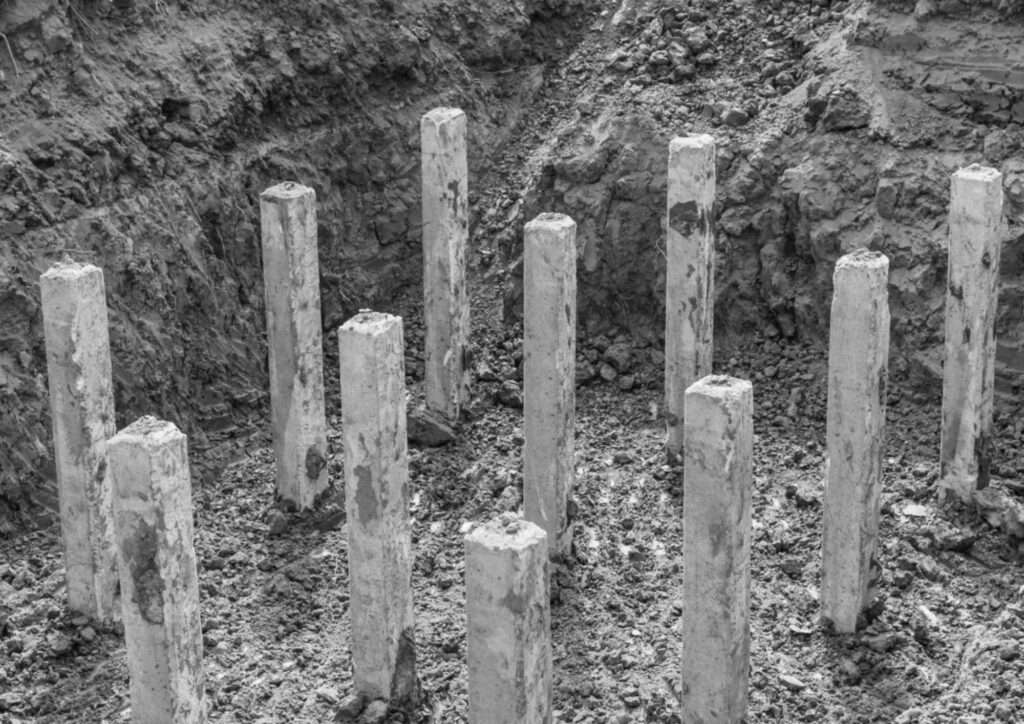
The use of micropiles Barcelona Micropiles are an essential practice in the urban environment of Barcelona in rehabilitation projects. These foundation elements offer technical solutions to complex stability and safety problems, and allow the city's architectural heritage to be preserved. The combination of innovation and respect for history translates into a safer and more sustainable future for rehabilitated structures. As the demand for revitalization continues to grow, micropiles are consolidating as a crucial tool in the transformation of our cities.



